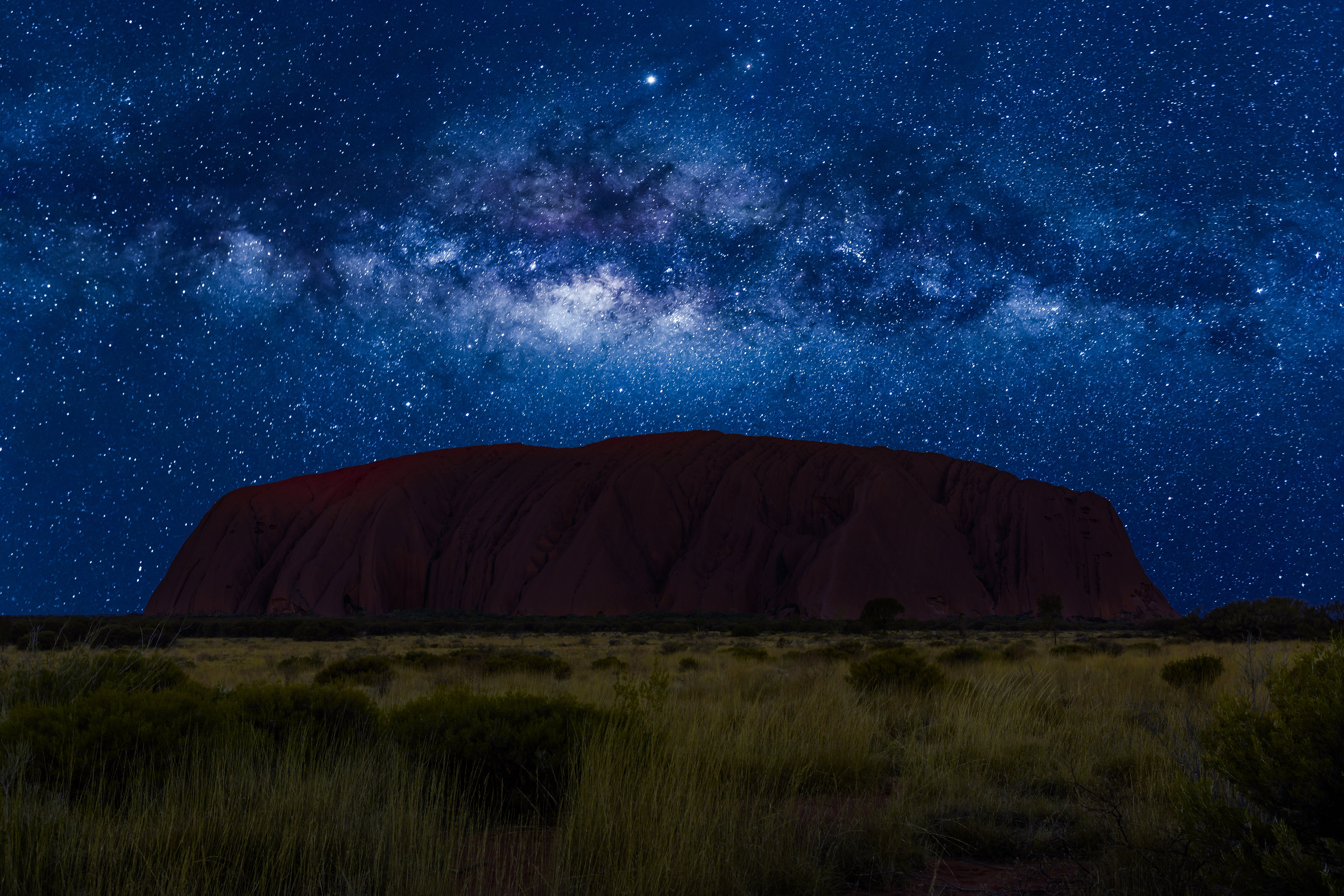The continents could have been formed by the Milky Way galaxy’s spiral arms, scientists say
The vast clouds of space could have helped formed the ground beneath our feet, study suggests

The vast, spiralling arms of our Milky Way galaxy could have helped form the continents that we live on today, according to a new study.
The Earth’s continental crusts appear to undergo periods of increased activity every 200 million years, a new study has found. That roughly lines up with the periods when the solar system moves through the four spiral arms that come out of our galaxy.
As such, it appears that the ground beneath our feet is being shaped by galactic processes happening light years away from us, scientists have suggested.
That is the result of a new study that looked at zircon crystals from two of the Earth’s oldest continents, collected in Greenland and Australia. They showed the increased activity that came with interesting and telling regularity.
As Earth moves through these spiral arms, the space around it becomes more dense with interstellar clouds, scientists say. That in turn could lead to more high-energy comets colliding with Earth – helping spur the production of new continental crust, the researchers said.
“As geologists, we normally think about processes internal to the earth being really important for how our planet has evolved. But we can also think about the much larger scale and look at extraterrestrial processes and where we fit in the galactic environment,” said Chris Kirkland, lead author of the study, in a statement.
Earth is the only planet we know of that has continents and active plate tectonics. Without them, we might not be here at all: the underlying processes have helped shape our atmosphere and life on Earth.
Scientists suggest the new study could help link those continents to the movements of our solar system through the vast Milky Way. They said that further research could help confirm the connection, and tell us more about how the planet was formed.
“It’s very hard to prove these things; we want to make that link and start the conversation to look at geological processes beyond the Earth, beyond the Solar System, and what might drive those,” said Phil Sutton, an astrophysicist and coauthor of the study. “We didn’t just form in isolation.”
A study describing the findings, ‘Did transit through the galactic spiral arms seed crust production on the early Earth?’, is published this week in the journal Geology.
Subscribe to Independent Premium to bookmark this article
Want to bookmark your favourite articles and stories to read or reference later? Start your Independent Premium subscription today.

Join our commenting forum
Join thought-provoking conversations, follow other Independent readers and see their replies